
by Victoria Lucas
The Best Sign in the World
Time travel is a staple in science fiction. If the nearest planet isn't far enough, try a few hundred years ago, or a few thousand. I recently viewed a performance of Molière's play, "A Doctor in Spite of Himself," and while it does not feature time travel, for me a work of art from another era always requires time travel to appreciate it.
However, to get to the time to which I just traveled–the late Baroque era in Europe–travel in space was important in several ways. First, I had to travel from my home in San Francisco to Saratoga, an exotic kingdom nearly 50 miles south, southwest of San Jose. The object of going there was a play at the renowned Paul Masson Winery, sponsoring "Music at the Vineyards" for the summer, in particular last Sunday the 29th, for the matinee performance. I don't have the kind of money to either buy a ticket for the performances at the Winery, or to buy gasoline to feed my old Dodge car that is parked on the street most of the time, so arrangements were necessary. Travel in time for the travel in space was about an hour each way.
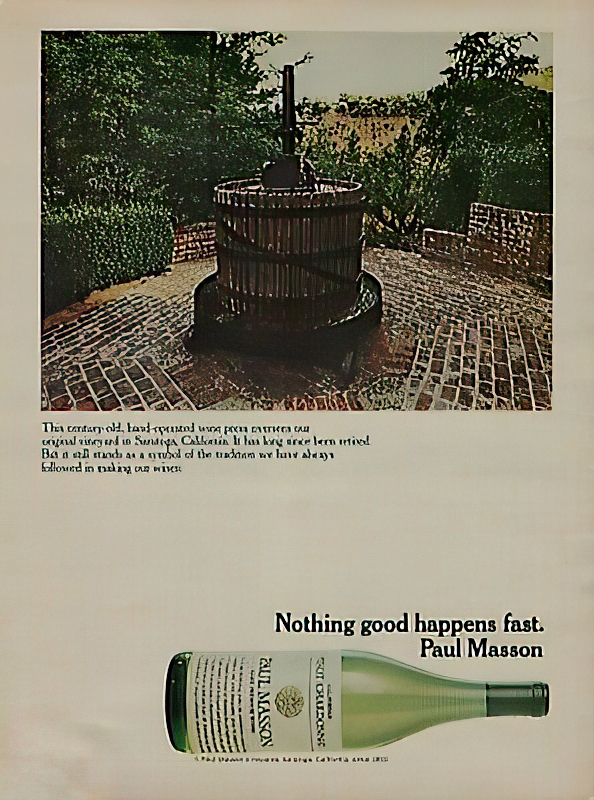
The second type of space travel was the travel in the play I went to see itself. In "A Doctor in Spite of Himself," the French actor and playwright known as Molière takes us to "the countryside" of France. This travel engaged mental faculties only, no gasoline necessary. The transition was made easier by the presence of the Woodwind Arts Quintet of Los Angeles, who had had to do some traveling themselves to get to Saratoga and set up no later than 3:30 pm. Focusing on the late Baroque period in France, when the play was written, the music was mostly by Jean Philippe Rameau, with a little help from Francois Couperin and Christoph W. Gluck. (The originals were heavy on harpsichord, not a feature of wind quintets, so some arrangement was necessary and mentioned in the program, below.)
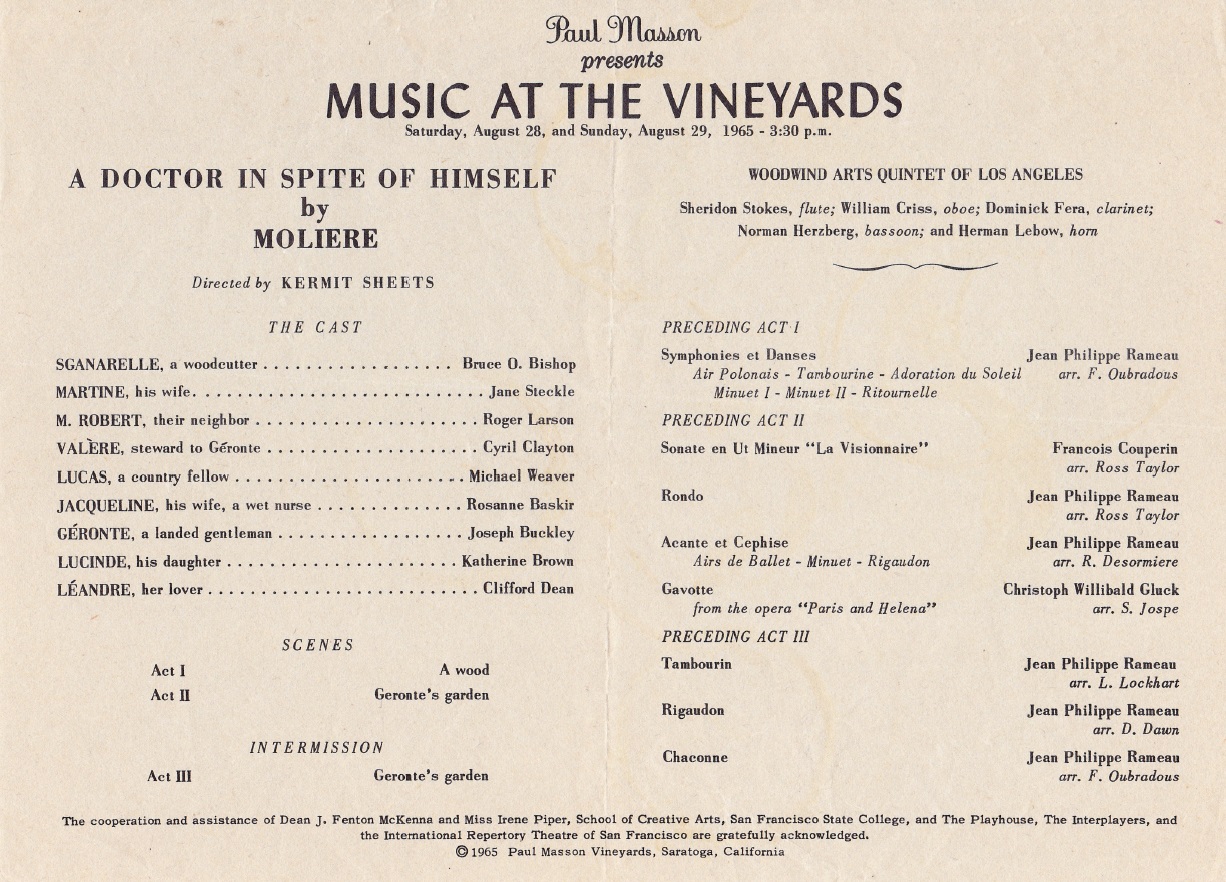
Program for "The Doctor in Spite of Himself"
The third type of space travel is entangled in time travel in that understanding the late Baroque period requires some adjustment in attitude. In thinking about the play I realized why space and time were so important. Like England's Shakespeare, France's Molière was well-known in his time and changed his language forever. Unlike England's Shakespeare, Molière was condemned by the Catholic Church and shunned by the aristocracy and saw one of his now best known plays, "Tartuffe," banned. When he died, priests refused him the last rites.
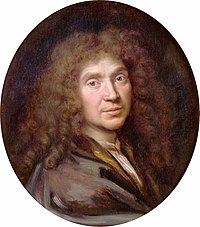 Molière, around 1658, as depicted by Pierre Mignard
Molière, around 1658, as depicted by Pierre Mignard
The difference? I think it was that Molière did not, like Shakespeare, change the space or time of his plays to make it seem that he was not talking about the present or the nearby. Consider "Hamlet"; it was set in Denmark. Consider "Othello"; it was set in Italy. "Henry IV" was set nearly 200 years in the past from the year he wrote it. I am not advocating such subterfuge, I am just opining that it could save your bacon if you are criticizing a current dictator or monarch and/or his/her politics, mores, or religion, or those of the ruling classes. Molière was a favorite of the king and court, but not of the church or the ruling classes outside Paris. Fortunately, in my own space and time, we are allowed to not take Molière seriously, and, as he has his "doctor" say, "When a doctor makes a patient laugh, it’s the best sign in the world." Are we not all patients at some time or other?
Where the Goat is Tied, There It Must Graze
"The goat" is the wet-nurse Jacqueline's image of herself: tied to an ignorant and jealous husband who helps the steward Valere find a doctor who will treat his mute daughter. In my case, no one has gotten my goat, but I am tied to San Francisco. The back story here is that my arrival in Saratoga was associated with a performance by actors and a director (Kermit Sheets) who usually work at The Playhouse in San Francisco. My fortune is such at this time that not only am I a volunteer at The Playhouse, but I know Cyril Clayton, who is an amateur actor associated with the Playhouse, and who was driving anyway to Saratoga to play Valere, so I rode along. In the play, in the process of recruiting the "doctor," Sganarelle (actually "a woodcutter"), Valere and Jacqueline's husband Lucas (no relation, thanks be) beat and kidnap him. Rather a rough recruitment, no?
But this is all a result of the scheme of Sganarelle's wife Martine, whom he beat, and who wanted him to be beaten since she couldn't manage it herself. Sound a little like Punch and Judy? Molière spent 13 years with an itinerant commedia dell'arte group, and of course elements of that raucous and popular tradition are incorporated into his art. Think R. G. Davis and the San Francisco Mime Troupe.
I am not disturbed by the roughness, but I am, as usual, bothered by stereotypes of women, funny as they may be. In this case, women and men share being the objects of a cultural prejudice that it is not a good idea to intervene in fights or bullying, because both sides may turn on the do-gooder. After chasing away an interloper, along with her husband, Martine begins to figure out how to have her husband beaten. Oddly enough, she thinks the best way to do it is to make people believe he is really a wonderful doctor and might have to be beaten to admit that he is.
You may enjoy the play, and I don't want to give anything away, so I won't reveal more of the plot now. I felt very privileged to be in the beautiful surroundings of the Winery's outdoor stage, sampling the wine, and walking among well-dressed and genteel people, enjoying the music.
This performance is over, but watch for more summer fare at this venue. If you cannot find another performance of this play, remember that San Francisco, the surrounding area, and many if not most major cities are engorged with libraries. Molière's work is not hard to find in translation–even this least frequently performed of his plays.
I think, in fact, that this play is exactly what the doctor ordered if you could use some laughs.
[Dn't miss your chance to see Kris, Cora, and Katie Heffner talk about the state of fandom in 1965, right on the heels of Worldcon! Register now!]

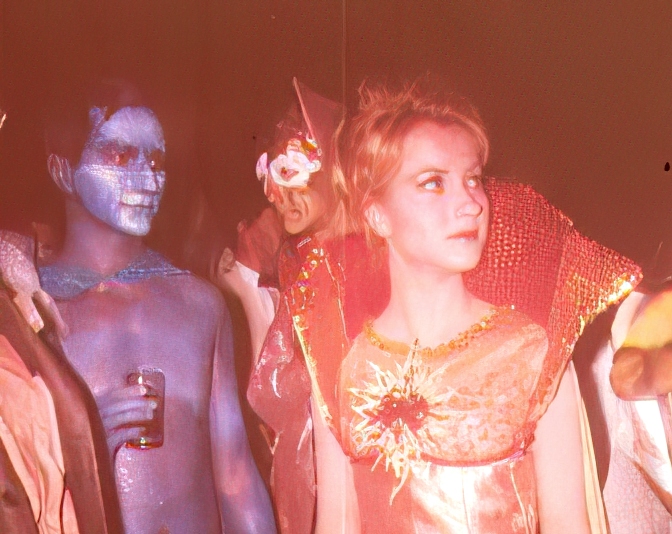

![[June 4, 1965] Below the Ramparts](https://galacticjourney.org/wp-content/uploads/2020/06/650604mag-672x372.jpg)

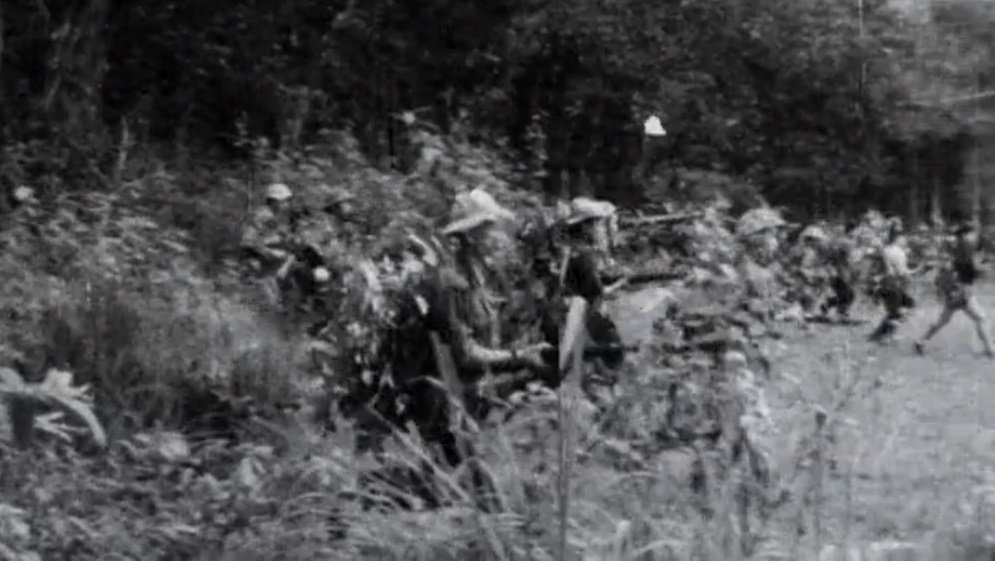


![[February 14, 1965] How I Found Love in the Vorpal Gallery (A Valentine for M. C. Escher)](https://galacticjourney.org/wp-content/uploads/2020/02/Eschers_Relativity.jpg)
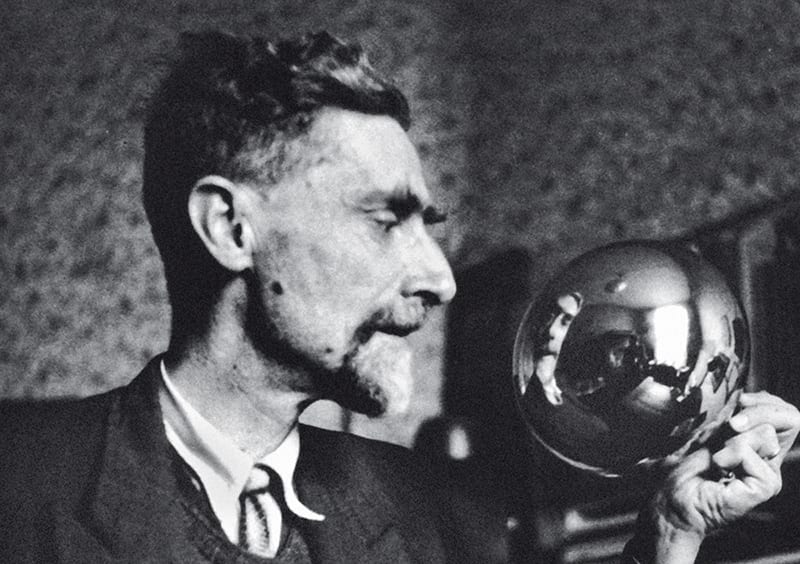
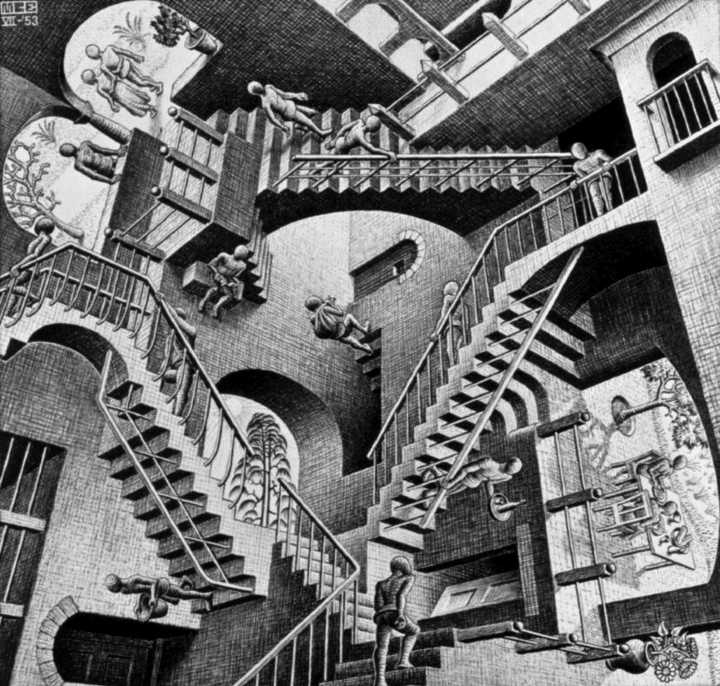

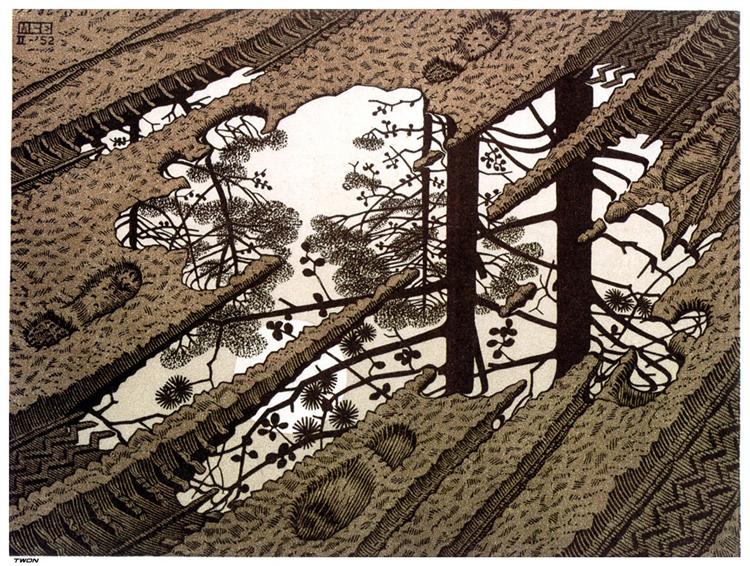
![[December 17, 1964] San Francisco as Cultural Epicenter (Woman in the Dunes, etc.)](https://galacticjourney.org/wp-content/uploads/2019/12/womanlying-672x372.jpg)
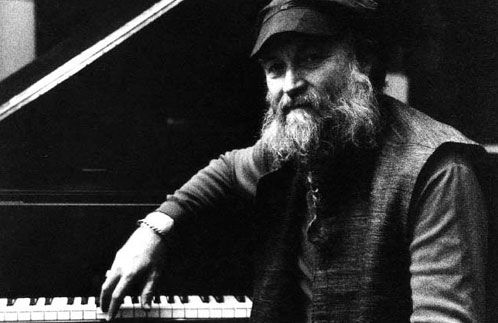
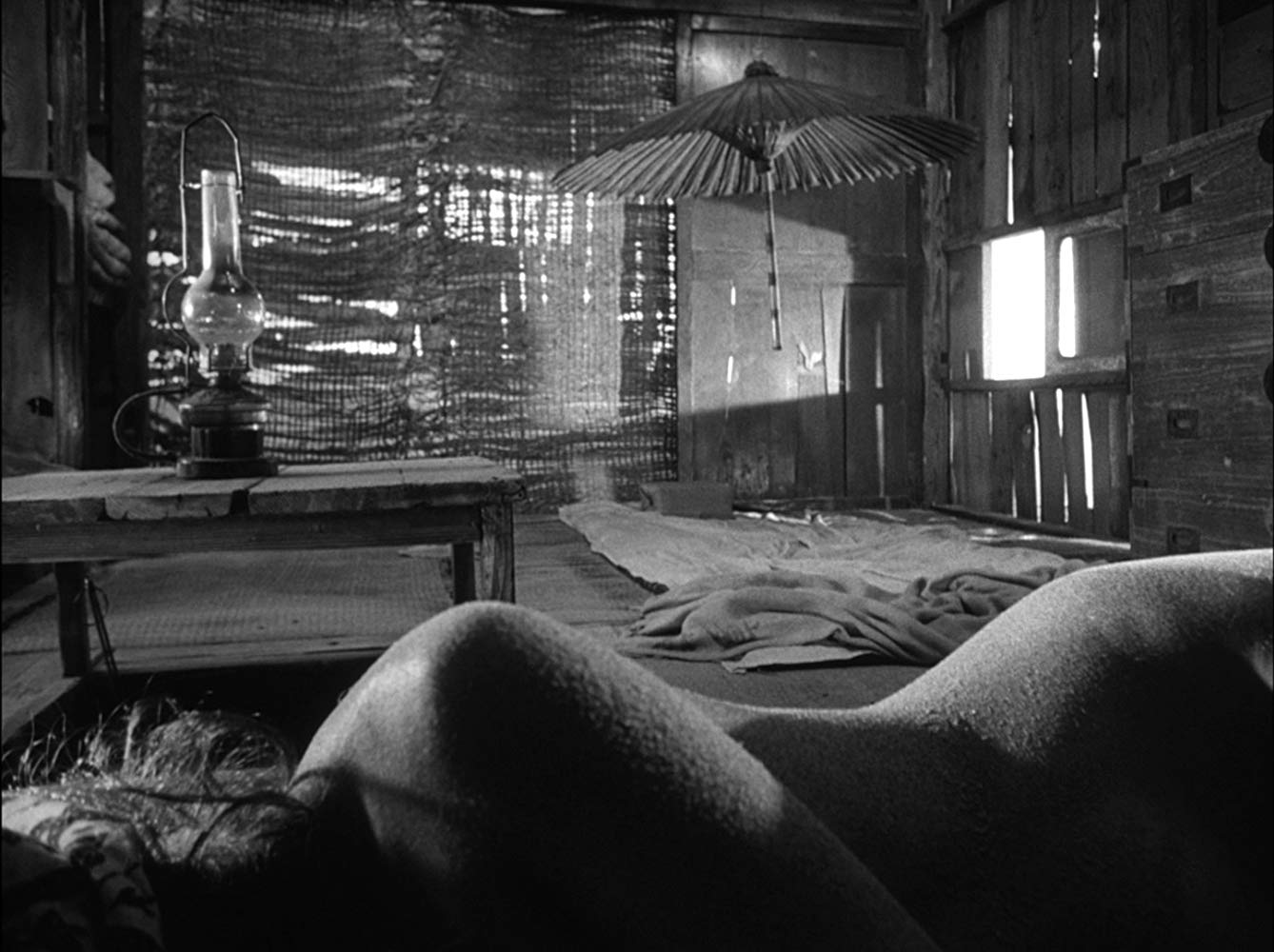
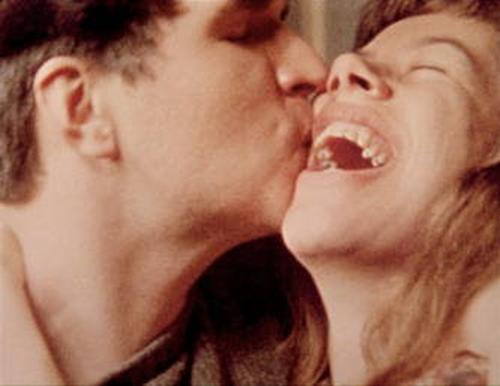
![[September 30, 1964] San Francisco Arts Festival (Marantz Rocks the Plaza)](https://galacticjourney.org/wp-content/uploads/2019/09/mimetroupeubu.jpg)

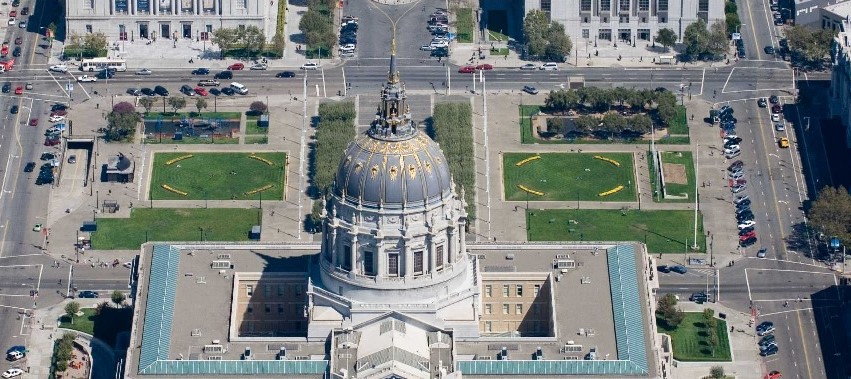
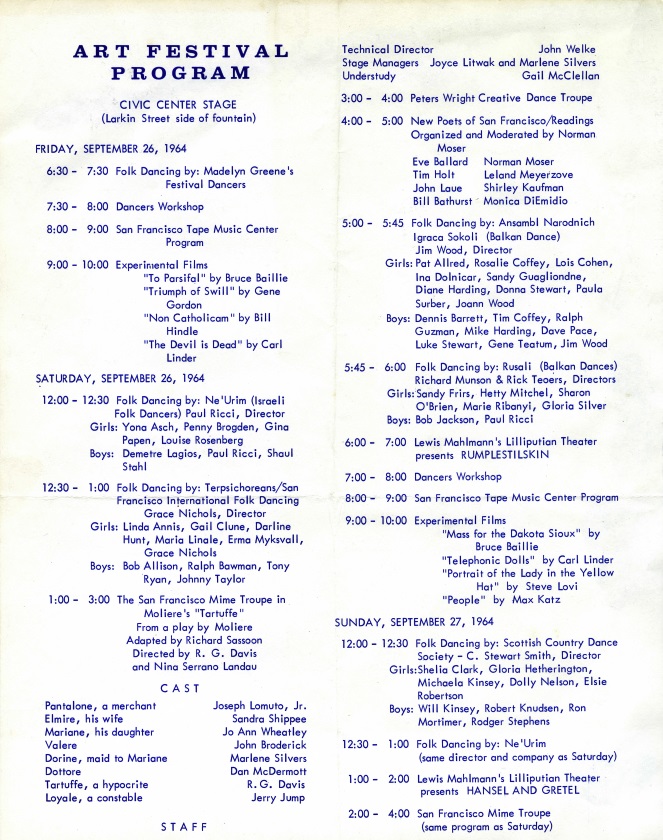
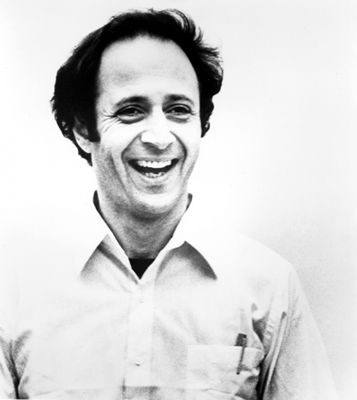
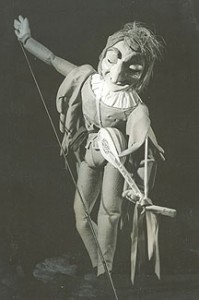
![[July 24, 1964] Much Ado About Something (Time Travel, San Diego-style)](https://galacticjourney.org/wp-content/uploads/2019/07/pc-000-367-672x372.jpeg)
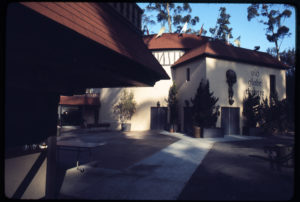
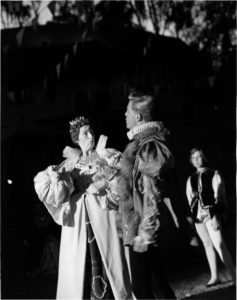




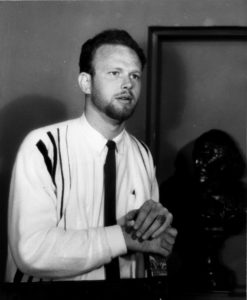
![[May 6, 1964] The Predicament: <i>Transit</i> by Edmund Cooper](https://galacticjourney.org/wp-content/uploads/2019/05/640506transitamazon-375x372.jpg)






![[March 31, 1964] 7 Faces and 7 Places (The movie, <i>7 Faces of Dr. Lao</i>)](https://galacticjourney.org/wp-content/uploads/2019/03/640331a7_Faces_of_Doctor_Lao_.jpg)







![[February 7, 1964] Journalism and Me (a young woman tries the newspaper biz in the late '50s)](https://galacticjourney.org/wp-content/uploads/2019/02/640207chronic1-672x372.jpg)











![[January 6, 1964] JFK & me](https://galacticjourney.org/wp-content/uploads/2019/01/640104arelnkennedy-672x372.jpg)







